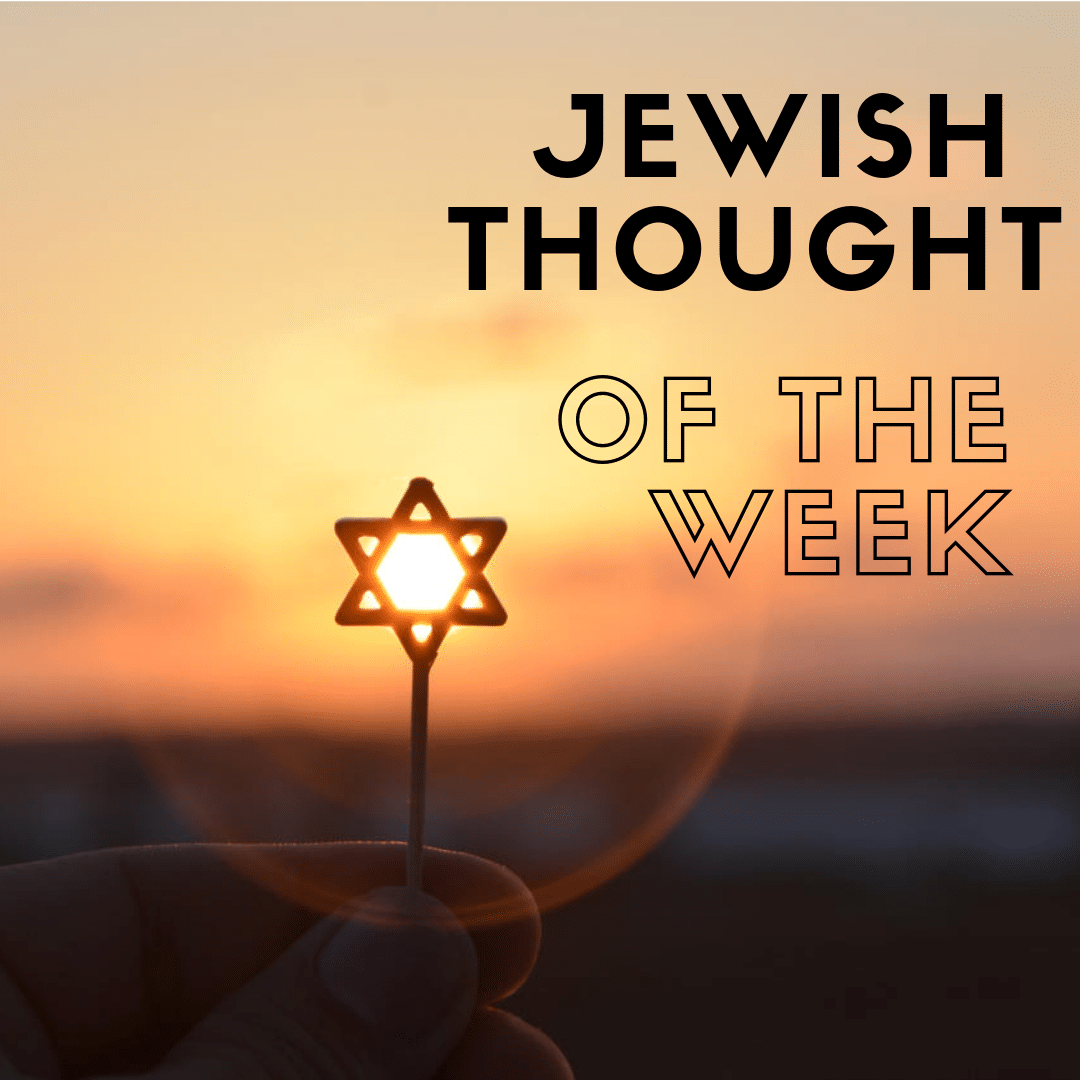By Dr. Ted Steinberg
As an English teacher, I have had some experience teaching symbolism. English teachers love to find—or sometimes create—symbols. And they love to ask questions like “What does the spider in this poem symbolize?” That is not a bad question, but what is not so good is the notion that the question has a single correct answer. Symbolism is not that simple.
For instance, everyone knows that Moby Dick is a symbol. In fact, it’s a whale of a symbol. But what is it a symbol of? The hostile universe? Inexorable fate? The vengeance of nature? A cosmic joke? The answer is yes. Symbols are multi-faceted. They radiate significances, not a single significance. We live in a multiple-choice culture, in which we are taught to choose the single right answer, but real questions do not have single right answers, and symbols do not mean single things.
This is a particularly important concept for Judaism, which has so many symbols. What does the blowing of the shofar symbolize? Rabbi Jonathan Sacks says that from one perspective it is “a cry from earth to heaven, from us to God,” but in an “alternate view” it is “a call from heaven to earth, God’s call to us to return to Him.” Last week Rabbi Ori Bergman said that the blasts of the shofar are an attempt to prompt repentance, to make us weep for the sins we have committed, but Rabbi Ezra Seligsohn said that “the blowing of the shofar does not merely herald redemption but is itself a sign of hope.” So which is it? It is all of the above, perhaps simultaneously and perhaps, at any given time, in a variety of combinations. Symbols are tricky things.
And this week we confront yet another symbol, the succah. The succah has not always made any easy transition from fall in Israel to fall in Western New York. Those of us who remember the October Surprise will remember the succoth that collapsed under the weight of snow and leaves and fallen limbs. But ultimately the frailty of a succah is part of its meaning. It is designed to be a temporary shelter, a shelter open to the elements, so that it does not provide too much shelter. (Think raindrops in your soup.). It symbolizes the frailty of our lives, the temporary nature of our life on earth. This year, perhaps more than most other years, we feel that frailty, we are aware of our weaknesses, we acknowledge our susceptibilities to forces beyond our control.
But at the same time the succah is a symbol of strength. A year after the October Surprise, there was a new crop of succoth just as there has been a new crop of succoth every year over the past several millennia. Yes, a succah is a frail structure, as so much in our lives is frail, but every year, in a show of strength, that frail structure reappears as a symbol of determination, of continuity. It says that weak as we may be, we will persevere. We can see this lesson in Jewish life and in our responses to the pandemic. Things are difficult, and we are subject to forces beyond our control, but as the succah shows us, we can also be strong.
Dr. Ted Steinberg is a retired professor of English at Fredonia University, a teacher of adult learning throughout Jewish Buffalo and an active member of Kehillat Ohr Tzion.

